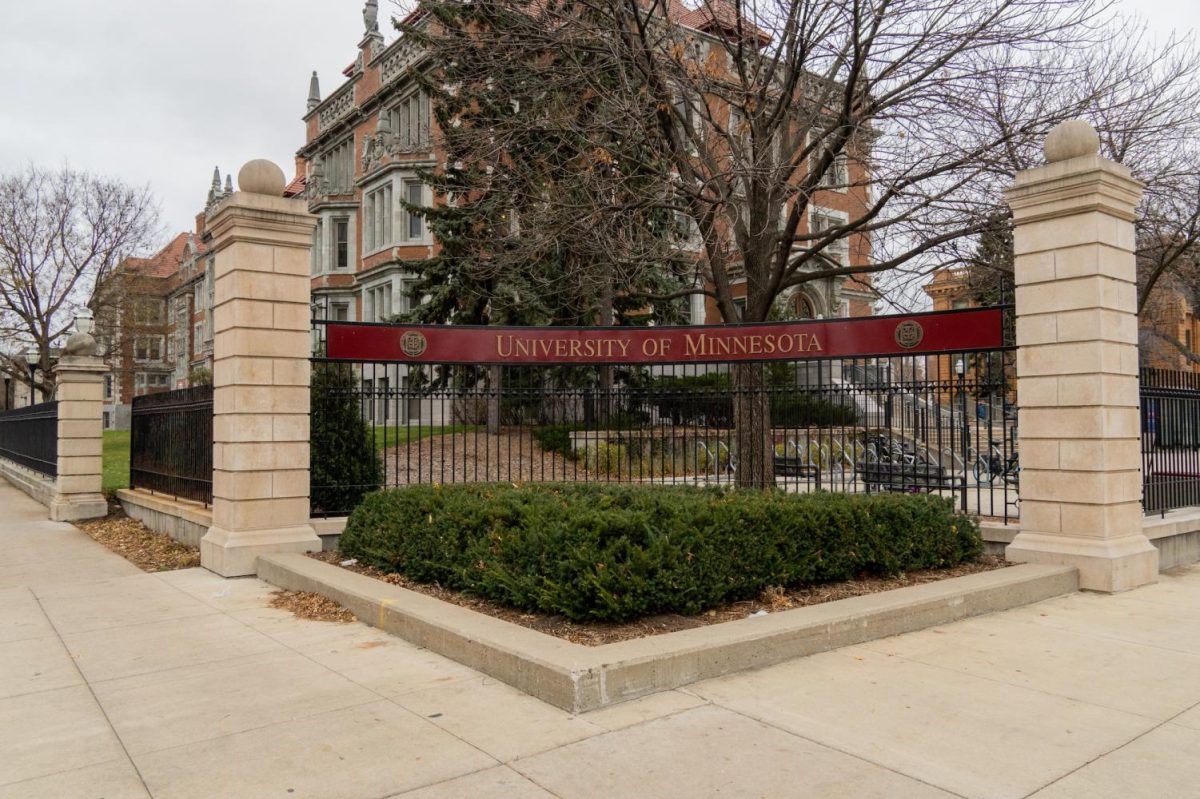Emilie Lane graduated from her Lakeville, Minn., high school with the intention of becoming a doctor. Growing up in the suburbs, she didn’t have much exposure to agriculture outside of participating in an afterschool 4-H program.
Out of the 26 high school classmates now studying at the University of Minnesota, she is the lone student enrolled in the College of Food, Agricultural and Natural Resource Sciences. But Lane’s situation is becoming increasingly common at the University.
CFANS is seeing a surge in female students who come from urban or suburban backgrounds — a departure from the historical trend of male students who grew up in rural farming communities.
About 63 percent of newly admitted CFANS freshmen in fall 2011 were female, according to enrollment data.
“We’ve gone from about two-thirds men, one-third women to completely the reverse … We’re much more urban and much more female dominated than we have been in the past,” said Jay Bell, associate dean of CFANS.
After spending her freshman year living in Bailey Hall in St. Paul and participating in a variety of agriculture-related clubs, Lane developed an interest in agriculture that led her to transfer from the College of Liberal Arts into CFANS.
Now a sophomore, Lane studies agricultural education leadership and communication.
Freshman agriculture education major Cassie Olson has noticed an influx of female students in her classes, as well as in a workshop for high school students she helped host for the Minnesota Future Farmers of America Convention in April on the St. Paul campus.
“Out of 40 students, maybe 10 of them were boys,” Olson said. “They were almost all female, so that was a good indicator of [the increase of female students].”
The most popular CFANS programs have also seen a shift from traditional agricultural production-related majors to those more concerned with food production, nutrition, veterinary medicine and environmental sciences.
“The typical student who shows up in CFANS these days has not grown up on a farm and probably does not have a basic understanding of agriculture,” Bell said.
That shift is changing the way the college approaches undergraduate education, he said.
Two new majors that reflect these changes are currently being considered by the CFANS curriculum committee.
One of the proposed majors focuses on plant sciences, while another — slightly more controversial — major deals with urban agriculture and the local food movement, while incorporating every aspect of food systems.
“There’s a lot to it, it’s a fairly complex major the way they’re designing it. The idea here is to give students exposure to the whole array of things around food,” Bell said.
He credits this shift in student demographics and interests with the decreasing amount of people living in rural communities and said that colleges and universities across the country are also witnessing this trend.
Lane gives credit for the increase of women interested in agriculture to previous women trailblazers in the industry.
“[Agriculture] really was a male-dominated industry. The first wave of female pioneers in the industry is done, and all of that hard push to get accepted is kind of over,” Lane said. “Agriculture is really open and excited about us.”









